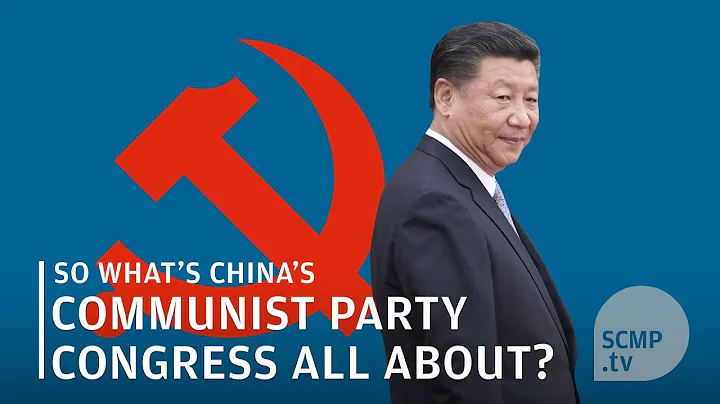
Text: Chang Hui
This year, due to the epidemic, war, climate, energy crisis, blocked transportation channels, and policies of some countries, the problem of food shortage is surfacing. The World Food Program recently stated that more than 40,000 people around the world will suffer from hunger. As for food issues, related discussions within the EU are also in full swing.
As one of the world's largest grain producers and traders, the EU has been providing necessary support to farmers in its member states through income support, market intervention and trade policies, as well as the Common Agricultural Policy (CAP). In 2007, the EU went through a series of reforms and incorporated 21 independent collective management organizations into a collective management organization covering all agricultural products under the market measures framework stipulated in the CAP, the Common Market Organization (CMO). After the reform, the EU's food policy is more market-oriented, and the intervention mechanism is only activated when a crisis occurs.
So, will there be a food shortage in the EU? Overall, about 20% of the EU's annual wheat harvest is exported; oilseeds, animal feed and rice rely heavily on imports. The import industry may need import and export licenses and pay trade tariffs, but in view of the EU's commitment to the WTO , some have been reduced to zero tariffs.

About 20% of the EU's annual wheat harvest is exported.
Specifically, wheat accounts for more than half of the cereals grown in the EU. Of the remaining 50%, corn and barley account for one-third each, and the final third includes less-grown cereals such as rye, oats, and spelt. India's current policy of banning wheat exports has affected global food prices and has been criticized by the Group of Seven Major Industrial Countries, but it should not have a direct impact on EU demand.
About two-thirds of the rice consumed in the EU is actually domestically produced. The EU even exports a small amount of rice, and the rice imported through India, Cambodia, Thailand, Turkey and other countries is mainly to enrich different varieties.
Almost two-thirds of the grain produced in the EU is used as animal feed, with the remaining approximately one-third used for human consumption, and only 3% is processed into biofuels. If the policy guidance is in place, such as reducing animal feed, increasing the proportion of biofuels, and eliminating food waste, then the food in the EU should be able to meet the food needs of the population of member states.

The conflict between Russia and Ukraine has a profound impact on the EU's food supply.
From the perspective of edible oil, the most important oil seed in the EU is rapeseed (accounting for 59%), followed by sunflower seeds and soybeans. Two-thirds of the edible oil consumed in the EU each year is also produced in the EU. But about half of the oilseeds used in animal feed continue to be imported each year with zero tariffs. At present, there is panic buying and hoarding of oil in supermarkets across the EU, and the price of edible oil has doubled. However, the chance of an oil shortage in the EU is really very small.
Oilseeds are used both in food and feed and in industrial fuel production. When oil seeds are pressed, seed oil and oil cake are produced. Seed oil is mainly used in the food industry or in the production of biodiesel, while oil cake is an important component of animal feed. It is worth mentioning that if feed consumption is reduced, EU cereal production will also decrease accordingly.
Meanwhile, EU protein crop production is expected to grow significantly. By 2031, its dedicated area may increase by 19%, and annual output may increase by 14%. This is thanks to the environmental benefits of protein crops and the attractive market prospects. The most important protein crops in the EU are peas, some field beans and lupins. Since 2012, the EU has no special support for protein crops and import tariffs are zero.

The total amount of agricultural land in Europe is declining.
The current problem in the EU is that the total amount of agricultural land is declining. By 2031, the forest area may exceed agricultural land, reaching 161.4 billion hectares.The formation of this situation is firstly due to various factors causing lower yields, resulting in lower production attractiveness of rural land; secondly, remote villages lack successor power passed down from generation to generation, giving urban land developers an advantage; and forests play an important role in climate change. The environmental protection role of the challenge will continue to increase its area.
The above situation analyzed by the author, some data comes from the "EU 2021-31 Agricultural Outlook Report" released by the European Commission at the end of last year. The report contains all relevant market data, with explanations of assumptions and descriptions of the macroeconomic environment. However, with the world situation changing rapidly today, there is still a question mark as to whether the predictions and scenarios described in the report are as expected.





















